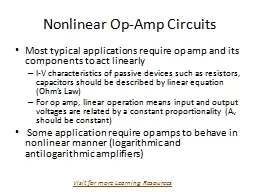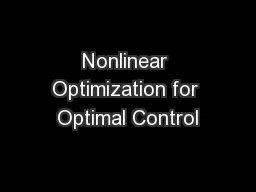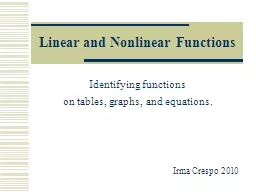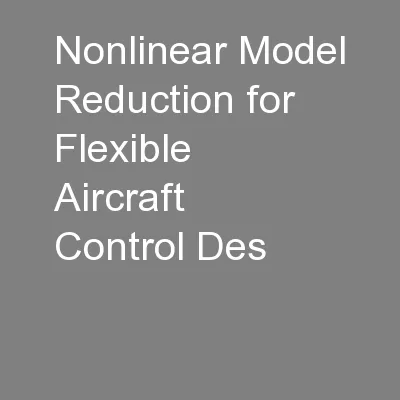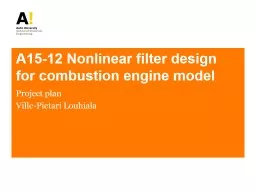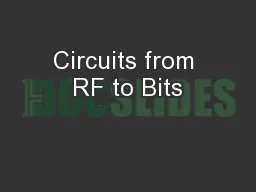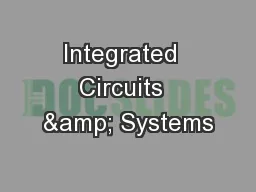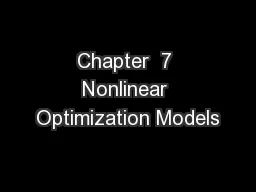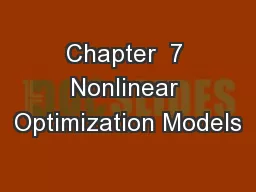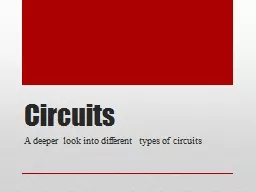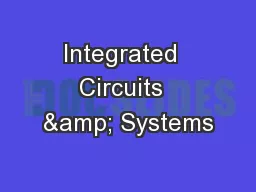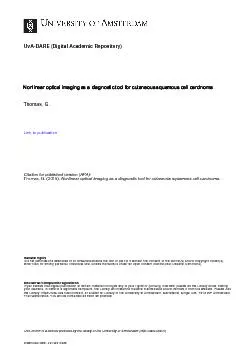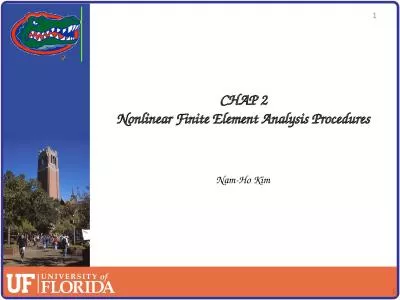PPT-Nonlinear Op-Amp Circuits
Author : natalia-silvester | Published Date : 2018-02-28
Most typical applications require op amp and its components to act linearly IV characteristics of passive devices such as resistors capacitors should be described
Presentation Embed Code
Download Presentation
Download Presentation The PPT/PDF document "Nonlinear Op-Amp Circuits" is the property of its rightful owner. Permission is granted to download and print the materials on this website for personal, non-commercial use only, and to display it on your personal computer provided you do not modify the materials and that you retain all copyright notices contained in the materials. By downloading content from our website, you accept the terms of this agreement.
Nonlinear Op-Amp Circuits: Transcript
Download Rules Of Document
"Nonlinear Op-Amp Circuits"The content belongs to its owner. You may download and print it for personal use, without modification, and keep all copyright notices. By downloading, you agree to these terms.
Related Documents

